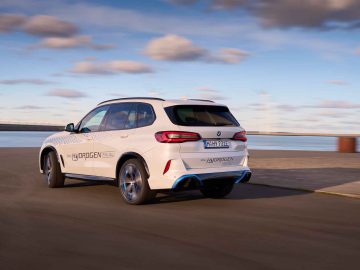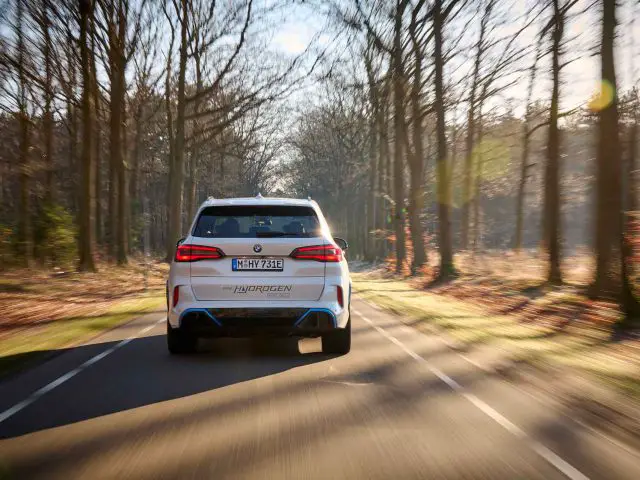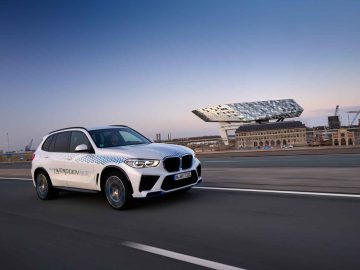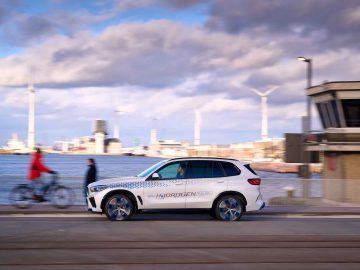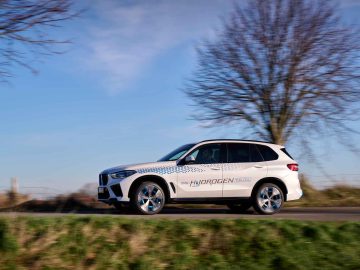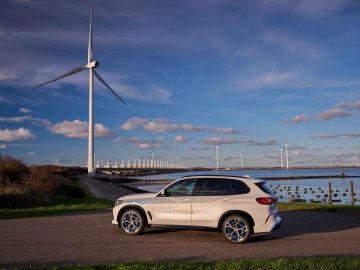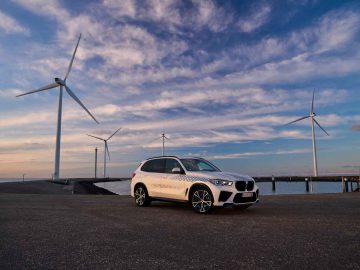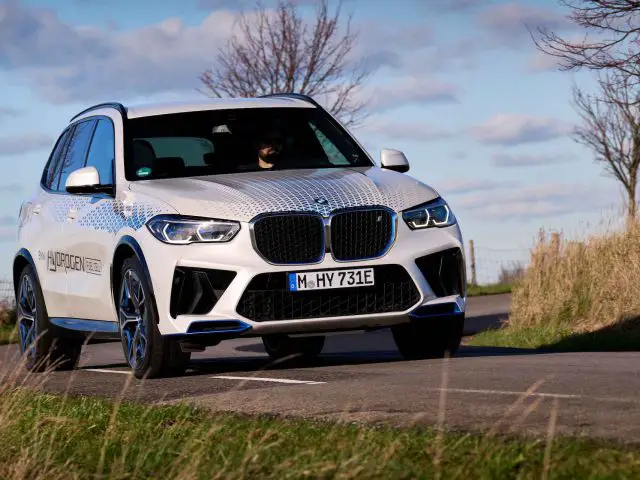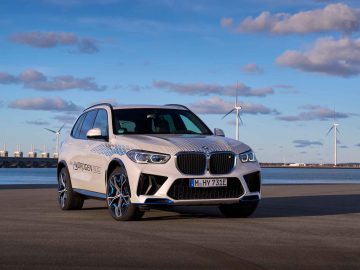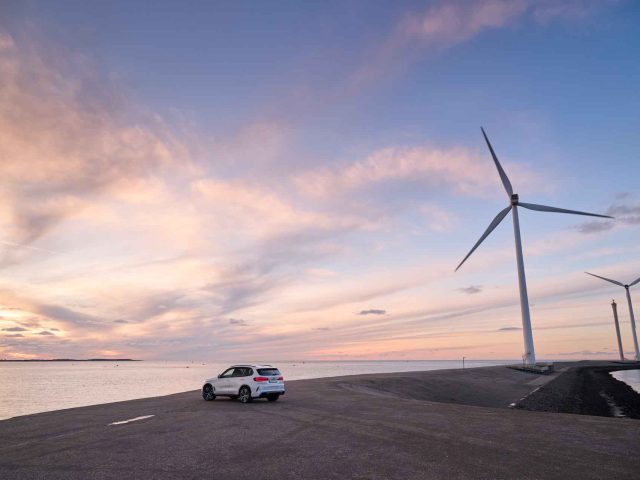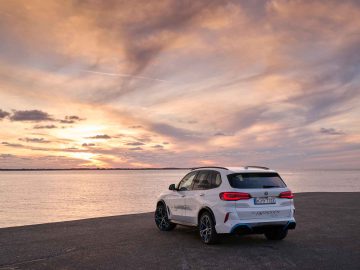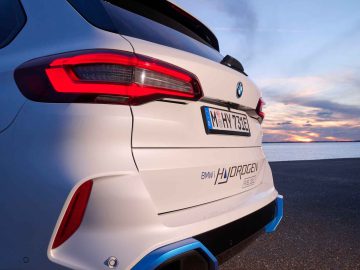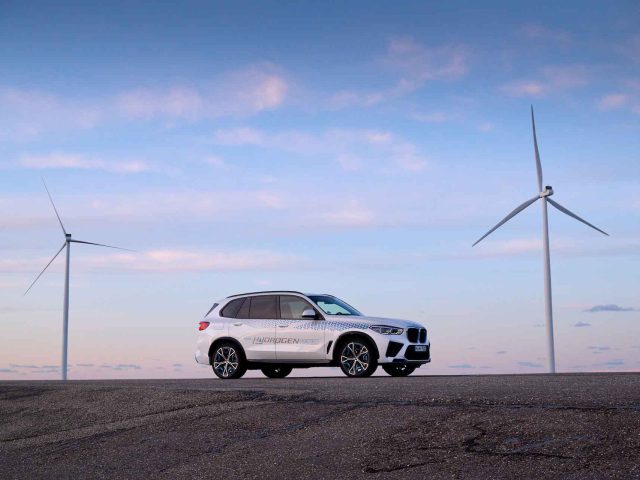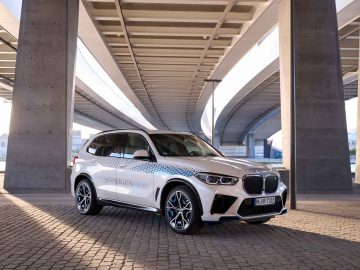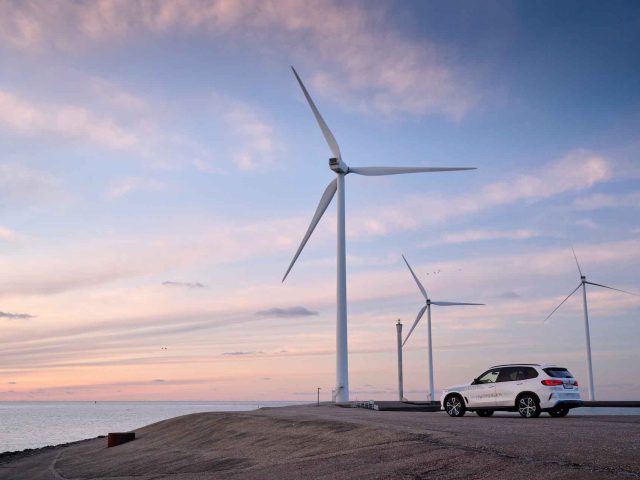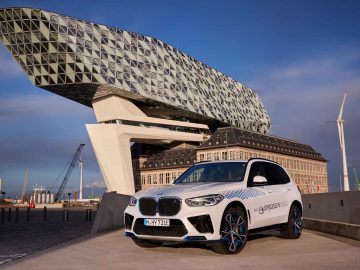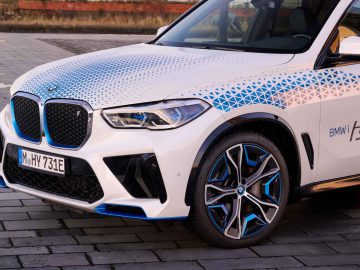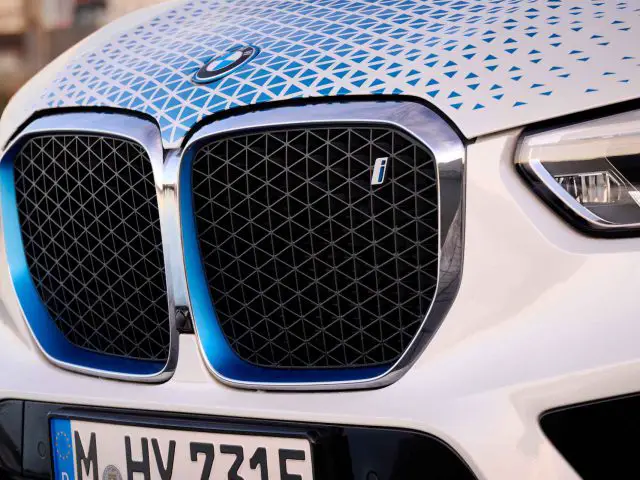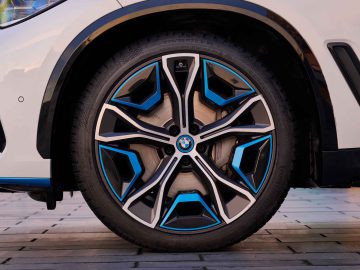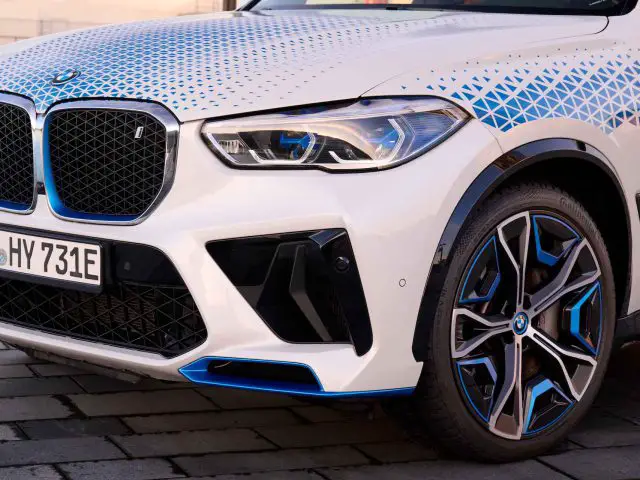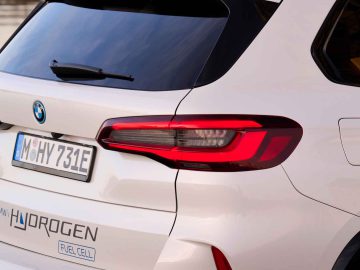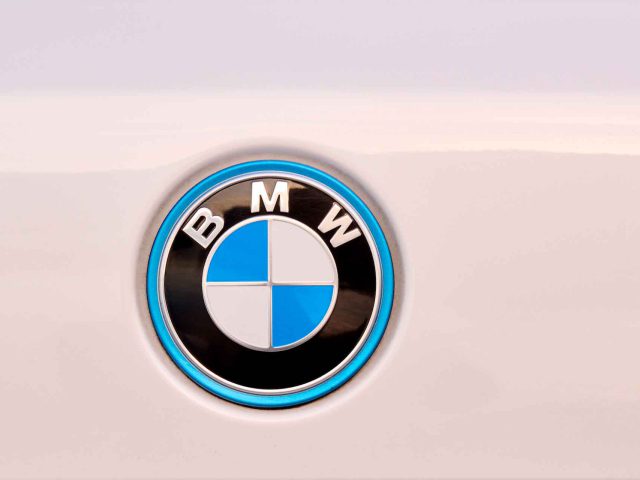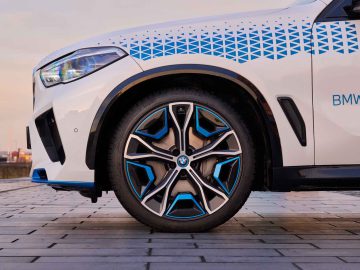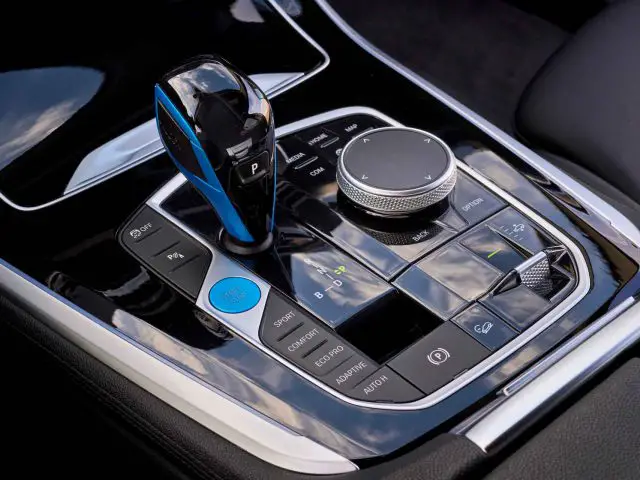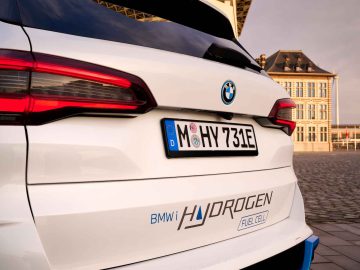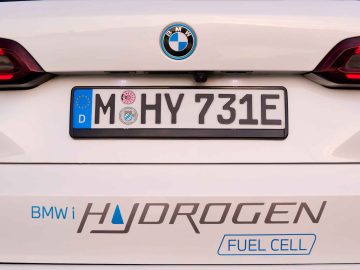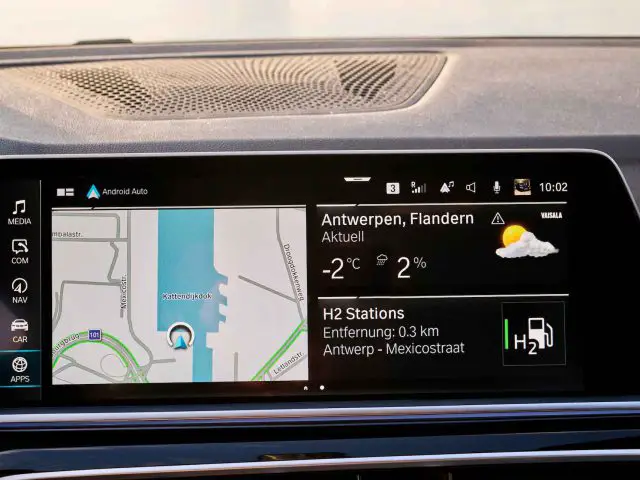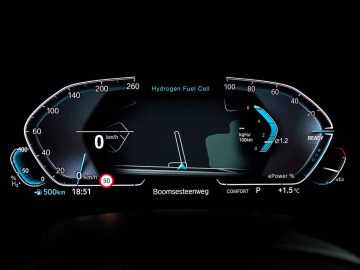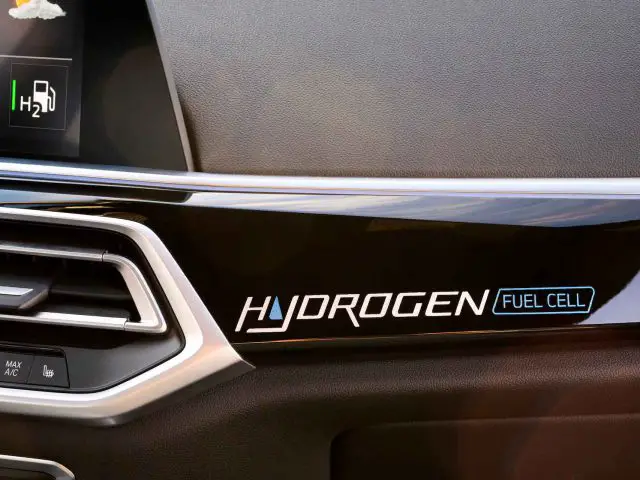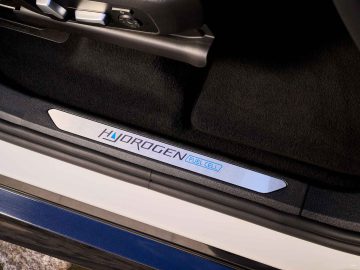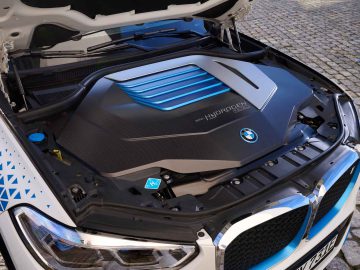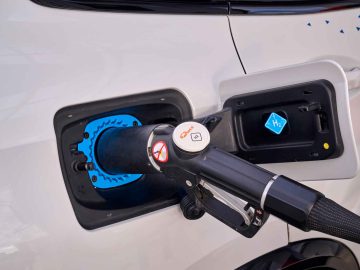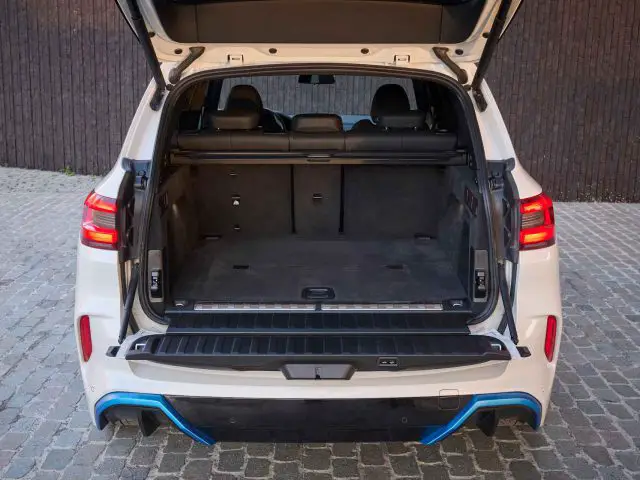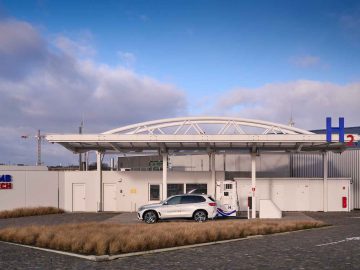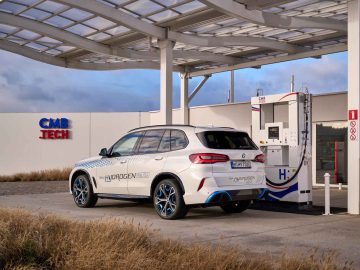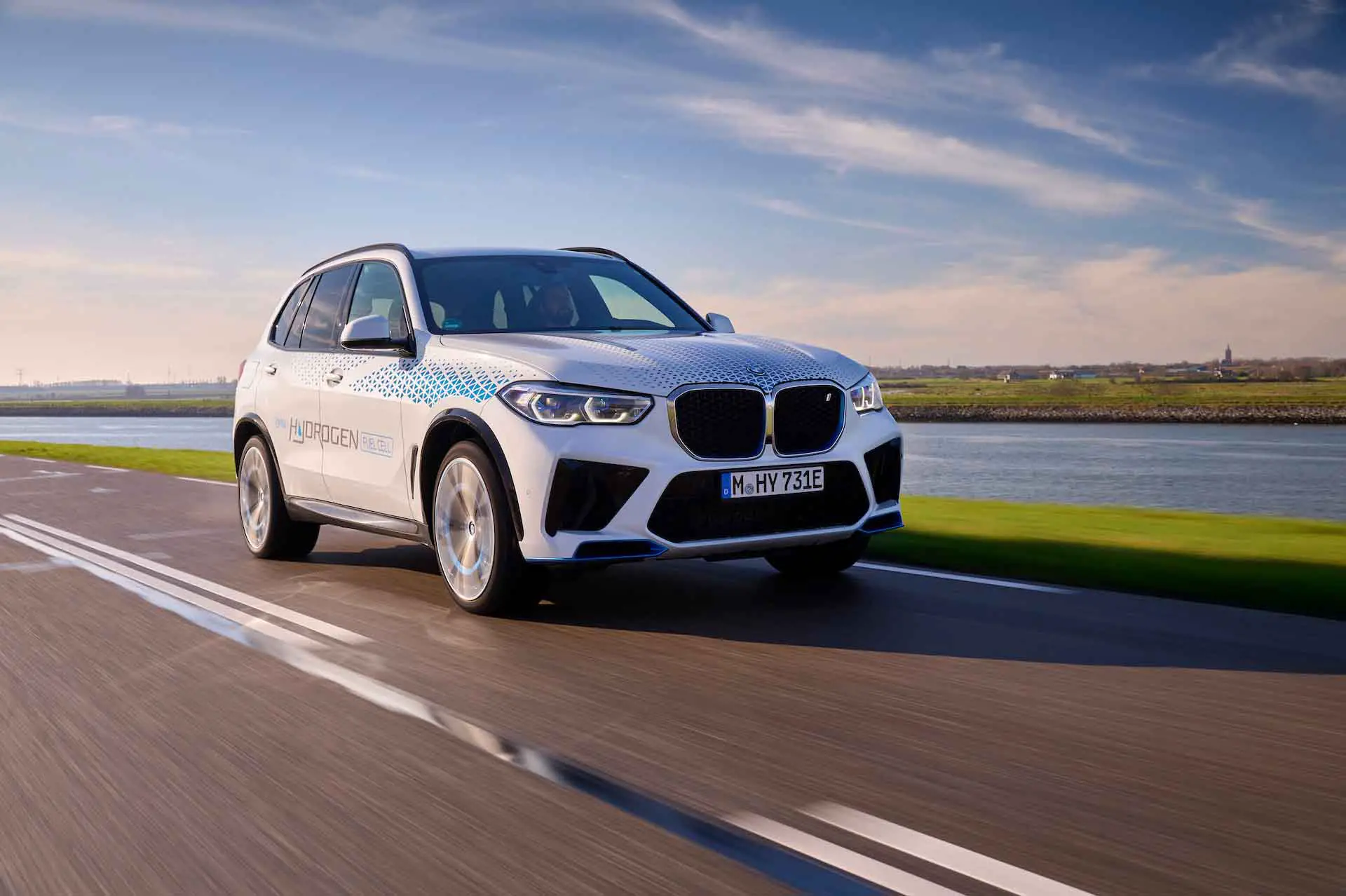Review – BMW iX5 Hydrogen: a hydrogen-powered BMW X5, how does it drive?
BMW iX5 Hydrogen review
Over the past four years, BMW Group has been working intensively on the development of hydrogen technology. The brand is doing so in partnership with Toyota. Yet there is very little Toyota technology to be found in the BMW iX5 Hydrogen. Only the so-called fuel-cell stack comes from Toyota. Otherwise, BMW developed everything in-house. It indicates that BMW is taking hydrogen technology very seriously and is working on a business case.
Hydrogen Economy
“Hydrogen is a versatile energy carrier that plays a key role in the pursuit of climate neutrality,” said Frank Weber, member of the executive board of BMW AG and responsible for development. “We are certain that hydrogen will gain significant importance for individual mobility. Fuel cells also do not require rare resources such as cobalt, lithium or nickel. With our BMW iX5 Hydrogen test fleet, we can gain new and valuable insights, enabling us to offer customers an attractive product offering once the hydrogen economy becomes a widespread reality.”

BMW and hydrogen: beyond 2025
So just a little more patience when it comes to hydrogen technology. BMW expects to launch the first model with this technology after 2025. That then automatically becomes in a larger model, such as the BMW X5 or BMW 7 Series. For smaller vehicles, the brand believes in battery-electric powertrains. Larger vehicles actually benefit from hydrogen-electric propulsion systems. Consider also the transportation sector, both by road and water.
“BMW Group sees FCEV technology as a potential complement to battery-electric vehicle drive technology.”
BMW Group
Fourth project
BMW has been experimenting with hydrogen technology for some time. For example, the brand already presented the BMW h2R racer in February 2005, and a BMW 7 Series with a V12 and hydrogen technology appeared in 2006. BMW has also been working on a 5 Series Gran Turismo with hydrogen technology. This BMW iX5 Hydrogen is already BMW’s fourth hydrogen model. The brand believes in a two-part solution for the future: battery-electric and hydrogen-electric. That much is clear.
BMW iX5 Hydrogen – DRIVING in BMW X5 with hydrogen technology – AutoRAI TV
Children’s shoes
It is still very rare to get into a new car with a hydrogen-electric powertrain. This is mainly because the technology is still in its infancy. Cars like the Toyota Mirai and Hyundai Nexo are already on sale. Moreover, manufacturer Honda is also very advanced in technology. A session of about 1.5 hours in the BMW iX5 Hydrogen quickly makes it clear that hydrogen technology is here to stay. We are happy to explain.
Hydrogen is not a fuel
The car drives like a normal BMW X5. That is the biggest compliment to BMW. It is super quiet, very comfortable and offers great steering feel, basically as we have come to expect from the X5. Of course, the iX5 Hydrogen runs fully electric, because it is erroneous to say that hydrogen is a fuel. Hydrogen is an energy carrier. Using a fuel cell, hydrogen reacts with oxygen and creates electricity. The only residual product: water vapor from demineralized water. This is drinkable, but not very healthy due to the lack of minerals.

You drive electric in the BMW iX5 Hydrogen
Because the BMW iX5 Hydrogen drives fully electric, you therefore also benefit from the features that come with such a powertrain. So instant pull and always a pleasant push in the back at full throttle. The powertrain of this BMW X5 consists of several components. Under the hood lurks the fuel cell placed in a vertical position. The power output of the fuel cell is 125 kW (170 hp). On the rear axle lurks a powerful electric motor from the BMW iX. Which when the 2.3 kWh lithium-ion battery is fully charged is good for an output of 401 hp (295 kW) with an impressive 720 Nm of torque.
BMW iX5 Hydrogen
The hydrogen needed for the fuel cell is stored in two hydrogen tanks. One is placed longitudinally under the center tunnel, while the other lies transversely under the rear seat. The two tanks have a capacity of 6 kilograms of hydrogen stored at a pressure of 700 bar. Refueling hydrogen takes only three to four minutes. So with a price of 17.99 euros per kilogram of hydrogen at a hydrogen filling station, you have to think about about 100 euros for a full tank. With that, you can then drive another 500 kilometers (WLTP).
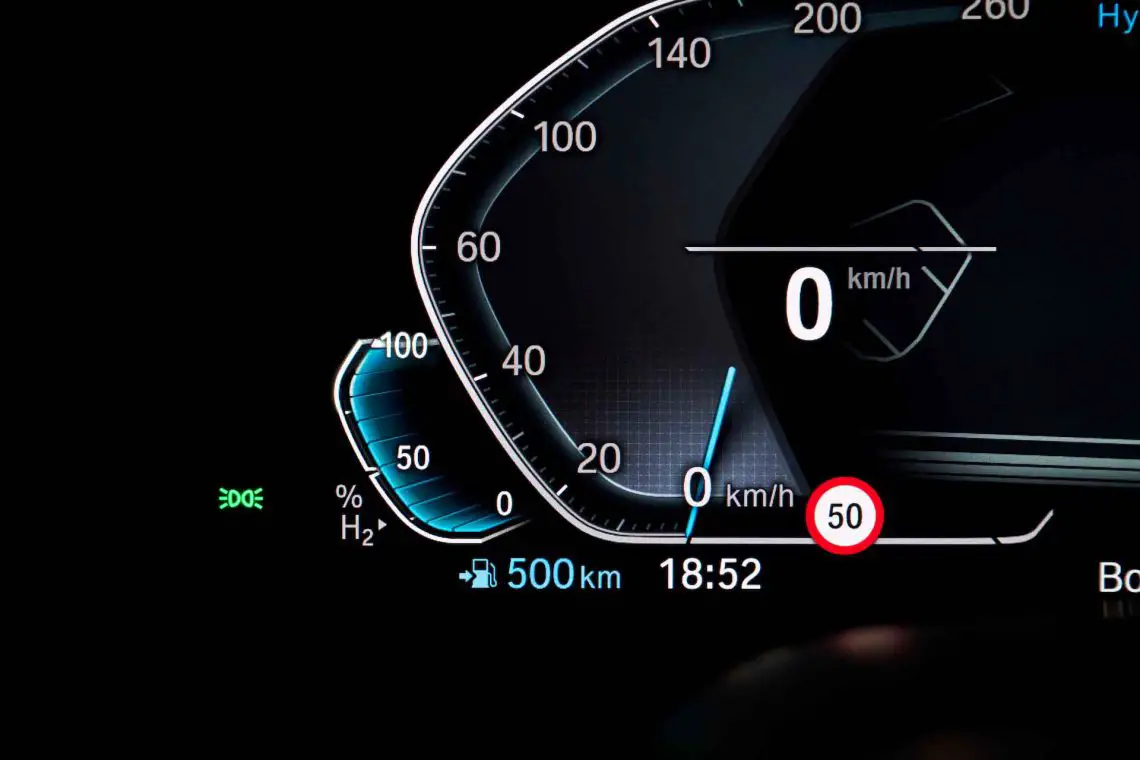
Green or blue please
Pretty interesting, then, especially if the price of hydrogen is going to drop in the future. The technology makes complete sense if hydrogen is generated in a green or blue way. That is, hydrogen is made using solar or wind energy (green) or hydroelectric power (blue). Currently, hydrogen is still “gray” because it requires natural gas to make it. There is still much work to be done here.
With only BEVs we are not going to make it
Promising are the solar farms in North Africa where thousands of solar panels not only generate energy but also hydrogen when there is excess capacity. The pipeline network towards Europe is already in place. In fact, you will then get “free” hydrogen and that will reduce the price tremendously. If hydrogen becomes truly sustainable, there will be a huge transition. Because with BEVs alone, we’re not going to make it. Batteries are screamingly expensive and require precious and especially rare metals. In addition, with billions of motorists, a hydrogen car fits much more into user patterns. Drive, refuel briefly and move on. Exactly as you are already used to. It’s that simple. Converting existing gasoline and diesel fueling stations to hydrogen fueling locations is also fairly easy.

Important role in governments and oil companies
An important role lies with governments and oil companies. Those have the power and money to invest in hydrogen technology. But those investments are slow. Not surprisingly, of course, since oil companies still make billions of dollars from fossil fuels. Commercial interests here take precedence over more sustainable mobility. Anyway, that’s another discussion. Hydrogen is on the rise, but very slowly. This is different with BEVs.
What will it cost me?
Bottom line has everything to do with the right price. This is how the world works. “What is more economical and convenient for me? That question is at the heart of consumer concerns. That there is confidence in hydrogen technology is now a given, as it is hugely popular. The question is not whether BEV or FCEV is better. We need both systems. Not for nothing is BMW gaining knowledge and experience with the iX5 Hydrogen.

Production in Munich
By the way, BMW produces the BMW iX5 Hydrogen at the BMW Group’s pilot plant at the Research and Innovation Center in Munich. This is a kind of hub between the development phase and large-scale production phase where each new model of one of the BMW Group brands is made for the first time.
The center employs about 900 people in body building, assembly, model building, concept vehicle building and manufacturing. They each work on up to six vehicle projects simultaneously and are tasked with ensuring that both the product and the production process are ready for series production.
Global energy transition
According to an International Energy Agency (IEA) report, the potential of hydrogen as a future energy source for the global energy transition is enormous. Thanks to its storage and transportation capabilities, hydrogen can be used for a wide range of applications. Most industrialized countries are therefore adopting hydrogen strategies and supporting them with roadmaps and concrete projects.
In the transportation sector, hydrogen – in addition to battery-electric mobility – can be a further technological option to shape sustainable individual mobility in the long run. However, this will depend on competitive production of sufficient quantities of hydrogen from green electricity and expansion of the associated hydrogen refueling infrastructure, which is already being intensively pursued in many countries. Also in the Netherlands. More and more hydrogen refueling sites are opening up in our country.
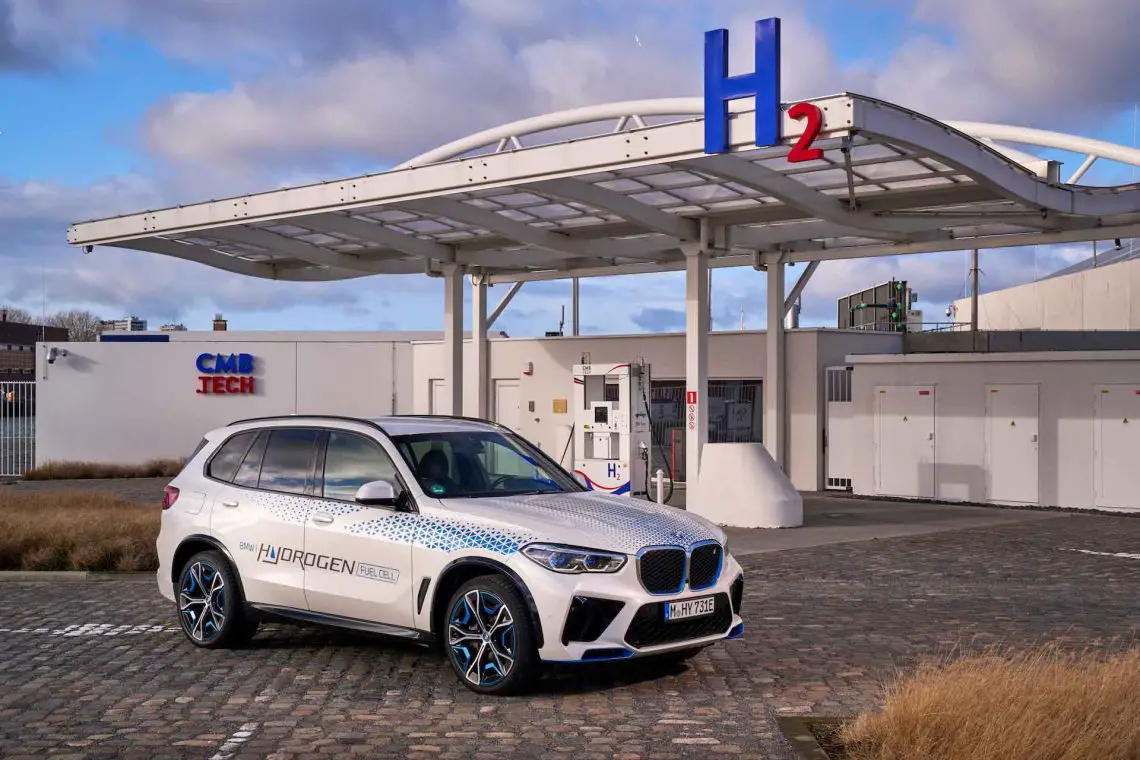
Conclusion BMW iX5 Hydrogen 2023
Thousands of words could be devoted to hydrogen technology. Purely because there is so much to tell and explain. Bottom line is that hydrogen technology is going to be here. The fuel cell is advancing and will become cheaper and cheaper in the near future. If more hydrogen refueling sites are also added in Europe, cars come down in price and hydrogen is created in a sustainable way, the future of hydrogen looks very bright. Somehow, it is unfortunate and especially frustrating that the BMW iX5 Hydrogen is already ready for it. Because the car drives great and feels completely normal. In short: this is what people want to have. Just all shrug and go with hydrogen.
Technical data BMW iX5 Hydrogen
- Maximum power of electric motor: 295 kW/401 hp
- Maximum torque electric motor: 720 Nm
- Continuous fuel cell power: 125 kW/170 hp
- Acceleration 0-100 km/h: less than 6 seconds
- Top speed: 205 km/h (with fully charged battery), 185 km/h
- Hydrogen consumption in WLTP test cycle: 1.19 kg/100 km
- Range WLTP test cycle: 504 km
- Capacity 2 hydrogen tanks: 6 kilograms of gaseous hydrogen
- Filling time hydrogen tanks: 3-4 minutes
- Drive: rear wheels

